The Hidden Link Between Your Hormones and Weight
Many of us have felt the frustration of meticulously counting calories only to see the scale refuse to budge. It’s a common experience that makes you question the simple "calories in, calories out" equation. The truth is, our bodies are far more complex than a calculator. They run on a sophisticated system of chemical messengers called hormones, which direct everything from our mood to our metabolism.
Think of hormones as the traffic controllers of your body. They tell you when you’re hungry, when you’re full, and even where you store fat. When it comes to weight, two key players often take center stage: insulin and cortisol. Insulin is the body’s primary storage hormone, tasked with managing blood sugar after a meal. When it’s constantly working overtime, it can start signaling your body to store excess energy as fat.
Then there’s cortisol, often called the stress hormone. In high-pressure situations, it can ramp up your appetite for high-energy foods and encourage fat to accumulate around your midsection. This is that moment of realization for many, connecting the dots between what’s on their plate and how their body behaves. The good news is that we have more influence over these signals than we think. The type of protein we choose can be a powerful tool for balancing hormones to lose weight, and plant-based options offer some unique and compelling benefits.
Improving Insulin Sensitivity with Plant-Based Foods

Let's start with insulin. When your body develops insulin resistance, it’s like a key that no longer fits the lock. Your cells stop responding properly to insulin’s signal to absorb glucose from your blood. This leaves sugar circulating, prompting your body to release even more insulin and making weight loss feel like an uphill battle. This is where a plant based diet for weight loss can make a significant difference.
Plant proteins from sources like beans, lentils, and nuts are naturally rich in fiber. This fiber acts like a brake on your digestive system, slowing down the absorption of sugar into the bloodstream. Instead of a sharp spike that sends your insulin into overdrive, you get a gentle, steady release of energy. Over time, this calmer approach can help restore your cells’ sensitivity to insulin. For a simple way to get more of this beneficial protein and fiber, adding one of our high-quality protein powders to your morning smoothie is an excellent start.
Furthermore, plant-based diets are associated with higher levels of adiponectin, a helpful hormone that improves insulin sensitivity. Research also shows that plant-based meals can have a positive effect on gut hormones. A study highlighted by the Physicians Committee for Responsible Medicine (PCRM) found that vegan meals increased beneficial gut hormones that help regulate blood sugar and promote feelings of fullness. This makes the connection between an insulin resistance and vegan diet approach a powerful strategy for managing weight more effectively.
Taming the Stress Hormone Cortisol Through Diet
Now, let's talk about cortisol. While we often associate stress with a demanding job or a busy schedule, our bodies can also experience physiological stress from our diet. A sharp drop in blood sugar, which can happen after eating refined carbohydrates, is perceived by the body as an emergency. This triggers a surge of cortisol to stabilize things.
This creates a frustrating cycle. High cortisol levels increase cravings for the very sugary, high-fat foods that destabilize blood sugar in the first place. It also signals the body to store fat, particularly around the abdomen. So, how to lower cortisol with food? The answer lies in creating stability. A diet centered on whole plant foods provides a steady, slow-release source of energy thanks to its combination of complex carbohydrates, fiber, and protein.
This consistent energy supply prevents the dramatic blood sugar swings that cause cortisol spikes. It’s a reminder that managing stress isn't just about meditation or deep breathing, though those are wonderful tools. What you put on your plate is a foundational piece of the puzzle. By choosing foods that create a calm internal environment, you make your body a much more cooperative partner in your weight loss efforts. For more ideas on building a supportive diet, you can explore the healthy eating tips on our blog.
Supporting Estrogen Detox and Gut Health

Beyond insulin and cortisol, other hormones also play a role in weight management. One concept gaining attention is "estrogen dominance," where the body has an excess of estrogen relative to other hormones, which can contribute to stubborn weight gain. Our bodies have a natural process for clearing out used-up hormones, and a fiber-rich diet is essential for this detoxification.
The fiber found in a diet rich in vegan protein for hormonal balance acts like a sponge in your digestive tract. As The Fork Clinic explains in its findings on how plant-based diets promote estrogen detox, fiber binds to excess estrogens, ensuring they are properly eliminated from the body. This directly supports the liver, your body’s main detoxification organ, helping it manage its workload efficiently.
This process is deeply connected to your gut health. A diverse, plant-fueled diet helps cultivate a thriving gut microbiome. These beneficial gut bacteria do more than just aid digestion; they also help with hormonal regulation. A healthy gut produces its own hormones that can influence appetite and increase feelings of fullness. By feeding your gut a variety of plants, you are not only helping clear out hormonal clutter but also strengthening the signals that tell your brain, "I'm full." This makes managing your weight feel more intuitive and less like a constant struggle. You can find inspiration for adding more plant diversity with our simple and delicious vegan recipes.
Top Vegan Proteins for Hormonal Harmony
Ready to put this into practice? Focusing on the best vegan protein sources is a great place to start. It’s not about perfection, but about adding more of these powerful foods to your plate.
- Legumes: Lentils, chickpeas, and black beans are fiber powerhouses that help stabilize blood sugar and keep you feeling full for hours.
- Soy: Tofu, tempeh, and edamame are complete protein sources, meaning they provide all the essential amino acids your body needs to support muscle and satiety.
- Nuts and Seeds: Chia seeds, hemp seeds, and walnuts are packed with fiber and healthy fats, including anti-inflammatory omega-3s that support overall hormonal health.
A common myth suggests that you need to combine specific plant foods at every meal to get a "complete" protein. The truth is, as long as you eat a variety of plant-based foods throughout the day, your body will get all the amino acids it needs. It’s simpler than you think.
| Protein Source | Key Hormonal Benefit | Easy Way to Use |
|---|---|---|
| Lentils | High in fiber to stabilize blood sugar and prevent insulin spikes. | Add to soups, stews, or make a hearty salad. |
| Chickpeas | Rich in fiber and protein for sustained energy and satiety. | Roast for a crunchy snack, blend into hummus, or add to curries. |
| Tofu & Tempeh | Complete protein source that supports muscle and satiety. | Stir-fry with veggies, crumble into a scramble, or marinate and bake. |
| Chia Seeds | Packed with fiber and omega-3s to reduce inflammation. | Make chia pudding, add to smoothies, or use as an egg replacer. |
| Walnuts | Excellent source of anti-inflammatory omega-3 fatty acids. | Sprinkle on oatmeal, add to salads, or eat a handful as a snack. |
For a convenient boost, adding a scoop of a high-quality supplement like our Chocolate Vegan Protein to a smoothie is an easy way to increase your intake. Why not pick one new protein from this list to try this week?
Easy Meal and Snack Ideas to Get You Started
Adopting a new way of eating shouldn't feel overwhelming. The goal is to find simple, delicious meals that fit into your life. Here are a few ideas to show you how a plant based diet for weight loss can look on a daily basis:
- Breakfast: Start your day with a creamy chia seed pudding topped with fresh berries and a sprinkle of walnuts. It’s packed with fiber, protein, and healthy fats to keep you energized all morning.
- Lunch: Build a big, colorful salad with mixed greens, roasted chickpeas, cucumber, tomatoes, and a drizzle of tahini dressing. It’s satisfying, crunchy, and full of nutrients.
- Dinner: Whip up a quick tofu and broccoli stir-fry with a savory tamari-ginger sauce. Serve it over quinoa for a balanced and flavorful meal that comes together in minutes.
- Snack: When hunger strikes between meals, reach for some hummus with carrot and bell pepper sticks. It’s a simple, satisfying snack that supports stable blood sugar.
These ideas are just a starting point. The key is to focus on whole, unprocessed foods that make you feel good from the inside out. If you're ready to explore more ways to support your health journey, feel free to browse our full collection of products designed to help you thrive.
Loved these ideas? Share this article with a friend who's on their own health journey!



